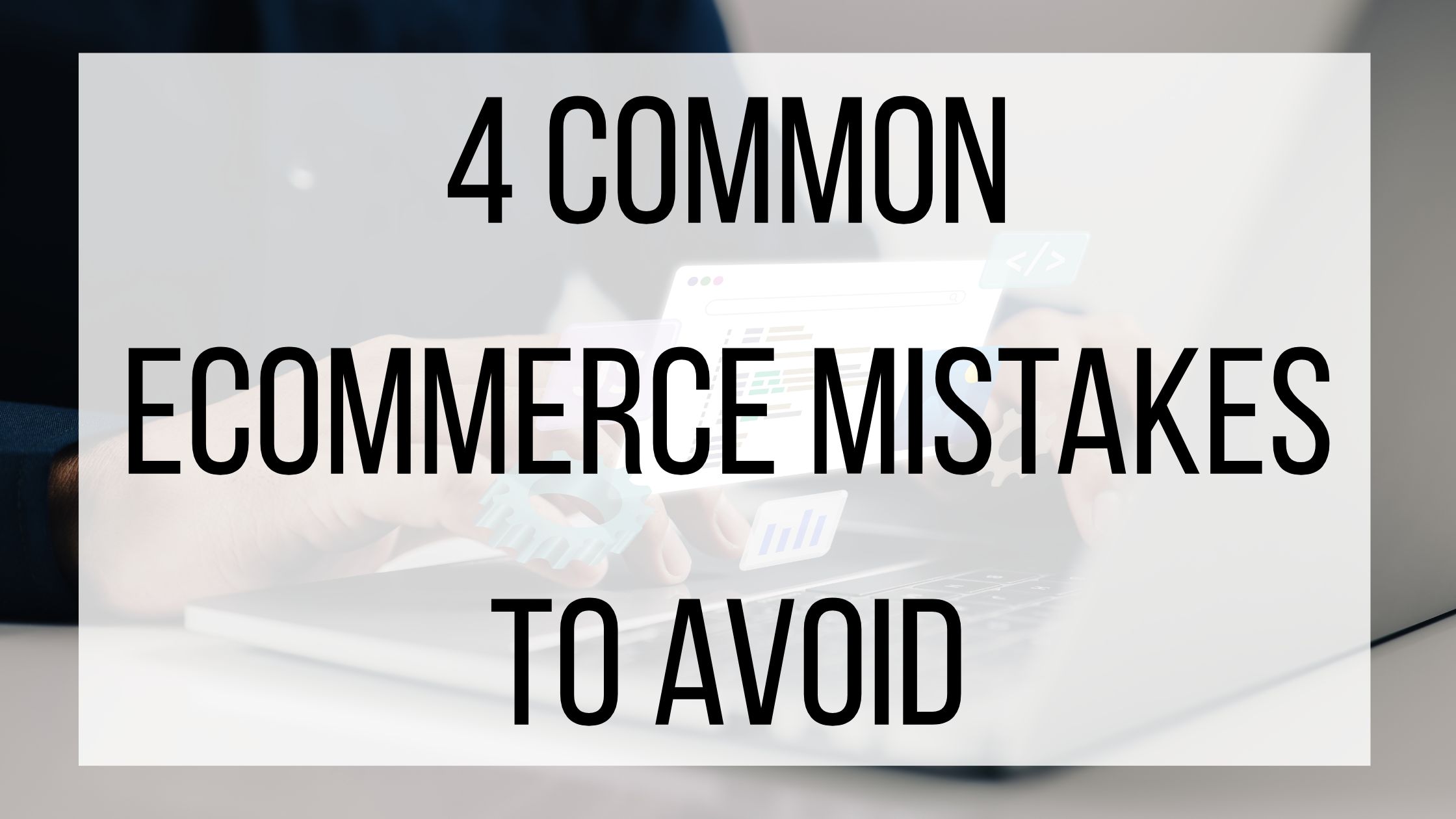How To Research Your Competition

Sales is a competitive business, and competitors are always looking for ways to draw in new customers, even customers who are currently loyal to your brand. One of the best ways to keep your company ahead of the competition is to know your competition. Identifying and researching the companies who are targeting the same customers as you is very beneficial for customer retention and sales growth. Here are some tips to help you figure out who your competition is and how to research them.
How to find your competition: Chances are, there are going to be a lot of other companies targeting the same market as you. It is helpful to find your top 5 competitors and focus on them. A good place to start is to look at keywords that help bring traffic to your website, and google them to see who else’s name comes up in the search. Make sure you are searching in an incognito browser when you are looking up these companies. There are two main groups of competition. While one may seem more important than the other, it is beneficial to know both categories and research them.
Direct: Direct competitors are the most obvious of the two groups. These are companies that offer the same products and services as your company. You will want to spend most of your time and efforts researching these companies, as they are the ones who directly effect you. Some examples of direct competitors are Nike and Adidas, or McDonald’s and Burger King.
When customers are deciding between you and your direct competitors, they will likely take into account prices points, services, features, and convenience. All customers will weigh these differently depending on their needs. Offering a variety of options to help meet their needs is a fairly simple way to attract customers. By giving customers a choice in what they purchase, you can reach a wider variety of people and attract customers who might typically go to a more specialized company.
Indirect: Indirect competitors are companies that offer similar products or services as you, but not quite the same. While they are not as much of a threat to your sales initially, they can develop and grow to attract your customers. Indirect competitors are harder to identify that direct competitors, but can still be found through keyword research.
Most businesses face indirect competition. Although indirect competitors are not selling the same product or service, they are filling the same customer need. For example, if a customer is hungry they could choose to get takeout from a restaurant or stop by the local grocery store for food. While the restaurant and grocery store probably do not view each other as competition, as they are not the same type of business, they are filling the same customer need.
Research: Now that you know the types of competition, here are some tips to help you research how your competitors are doing and what you can improve on. First, identify your top 5 competitors. Use websites such as compete.com or spyfu.com to help you figure out companies with a similar size, target audience, and product as you. Next, run a Google search of these companies. While a Google search might sound too easy, that is likely what potential customers are going to turn to when looking for information. This allows you to view your competitors though the customer’s eyes. Make sure to look at their websites and social media pages (including Linked In) as well. As you search their website and social media, make note of prices, call-to-actions, social media presence, and how customers are responding to them.
Another effective way to learn more about your competitors is to ask your current clients. Chances are they did research when looking for your product, and are familiar with similar companies. If you are a smaller company, you could consider interviewing your customers to ask why they chose you, as well as what they like about your product or service and what you could improve on. Surveys are a good option for any size business, and allow the customer to answer questions on their own time. It is helpful to offer an incentive (such as a discount) to customers when they participate in surveys, or enter them to win a prize with the completion of the survey. Make sure to keep the survey fairly short so that customers do not lose interest and stop partway through.
Researching your competitors advertisements is another method that is simple and effective. See what methods they are using- do they use a lot of customer testimonials, do they focus on ethos, pathos or logos, what platforms are they using? This information can help improve your own advertisements to expand your reach.
Having a solid understanding of your competitors can help you improve your own business greatly and help to ensure that you are staying ahead of the competition. Remember to always use ethical tactics, like the ones listed above, and focus on promoting your company rather than slandering your competitors. Use the information you find to improve on your weaknesses and show your customers why your business is unique.



6 Comments
Vichithra · July 11, 2019 at 2:40 am
Nice post,
It is a mistake to just concentrate on your online business and not be aware of the activities of your e-commerce competitors. Here are some ways on how to research your e-commerce competitors- https://bit.ly/2LOnasL
How To Use Loyalty Programs To Grow Your Brand | · June 1, 2018 at 12:10 pm
[…] programs are easily customizable to your unique business. It might help you to research your competitors to see if they offer loyalty programs, and offer similar competitive benefits. Loyalty programs […]
4 Tips To Get Your Ecommerce Blog Started | · July 6, 2018 at 12:01 pm
[…] blog topics on a variety of ways you can use their products to help better your home. Check out your competitor’s blogs to see what they are writing about and how audiences are responding. This can help give you […]
How To Start A Content Marketing Plan | · July 31, 2018 at 9:17 am
[…] can re-asses your target audience and create new buyer personas, or add more to expand your reach. Researcing your competition is another good step to take. See what your competitors are doing, and what kinds of campaigns are […]
When And How To Post On Social Media For Maximum Results | · November 13, 2018 at 9:40 am
[…] the best social media platforms to use, how to use social media to boost SEO, and even how to research your competition, many marketers fail to research how often they should be posting. All social media channels are […]
The Basics Of Twitter | BMT Micro, Inc. · March 22, 2019 at 12:00 pm
[…] tactic for your business, find ways to delight your customers other than your wonderful products. Researching your competitor’s Twitter accounts to see what they have been doing successfully is a good place to start collecting […]